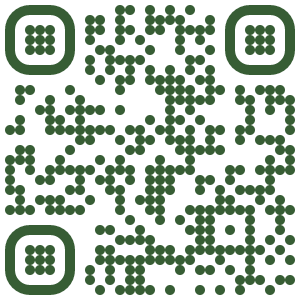©kumaredu.com
Get This Online Course
Whatsapp 95-988-788-95
Get This Online Course
Whatsapp 95-988-788-95
- Introduction
- Demo Material
- Teaching Aptitude Basics
- Definition and Characteristics of Research
- Levels of Teaching
- Statement and Arguments
- Experimental Research
- How to Improve Reading Skills
- Single-variable Equations
- Ecosystem and Spheres
- Passage 1
- Communication Basics
- Time, Speed and Distance
- School of Thoughts
- Computer Generations
- Radhakrishnan Commission
- Solving DI - 1
- Solving DI - 2
- Organizational Communication
- Types of Universities
- Microsoft Office Suite
- Sustainable Development Goals - 2016
Video not clear?
Click here for Server2
Change Video Quality / Subtitles
Trouble signing in? Try OTP
UGC-NET Paper 1 Full Course
Status Expired
CLICK HERE to WhatsApp us
Terms & Conditions

Happy Learners
+ve
Reviews

206 To-the-Point Lectures
233 Videos
+ Readable Notes
170+ Topic-wise PYQ
Sets
24x7 Doubt Solving
Teaching Aptitude
- PYQs and Analytics
- Notes From the Lecture
Free Lectures
Course Structure

UGC-NET-Paper1 PYQs
Year-wise PYQs
Section-wise PYQs
Course Instructor
Bharat Kumar
Founder and UGC NET Paper 1 EducatorJRF in 4th Semester, Triple Masters, Former Research Scholar in IIT-Delhi and BHU, 5 Years Experience in Teaching Online.
Contact us on WhatsApp

Kumar Education (Bharat Kumar)
Office - 569/ch 860 Premnagar Lucknow - 226005 95-988-788-95
Please use Google Chrome Browser
for better compatibility.
for better compatibility.


